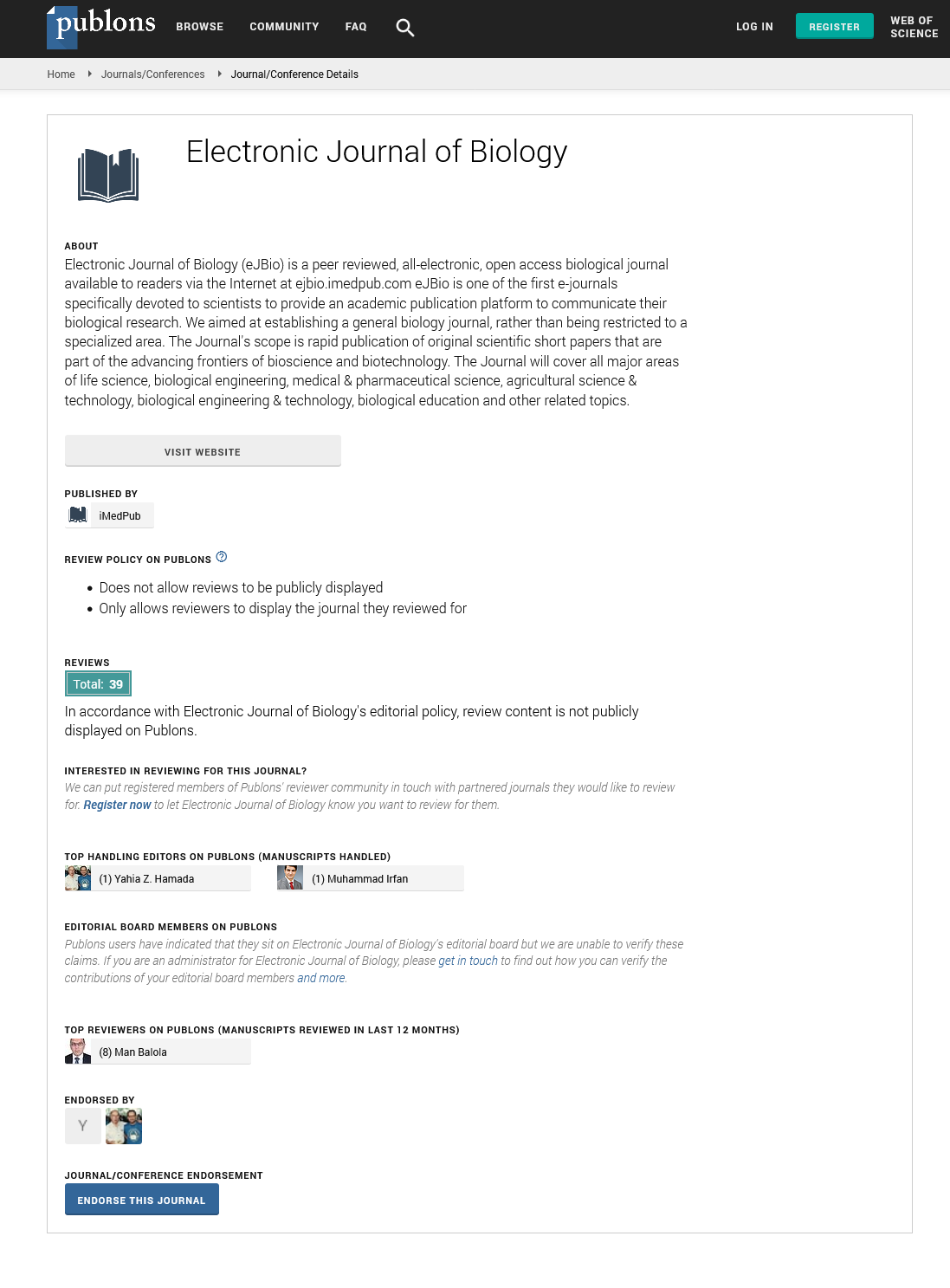Abstract
Combined effects of Butylated hydroxyl anisole and Monosodium glutamate on liver kidney and blood profile in Swiss albino mice
Nowadays the trend of fast food consumption is very common. Butylated hydroxyl anisole is widely used to preserve lipid or fat containing food items and Mono sodium glutamate is popularized for its umami taste and used to enhance flavor in a variety of foods. The present study was conducted to find out the combined effect of Butylated Hydroxyl Anisole (BHA) and Mono Sodium Glutamate (MSG) on marker hepatic and renal parameters, hematological parameters and histology of kidney and liver. Male albino mice were divided into four groups. Group 1 was treated as control and was given normal distilled water. Group 2, 3 and 4 were fed with MSG (150 mg/kg b. wt.), BHA (50 mg/kg b. wt.) and combination of BHA and MSG for 30 days. Mice treated with MSG and combined dose of MSG and BHA revealed a significant increase in the level of urea, creatinine, SGOT and SGPT. Hematological analysis revealed significant reduction in RBC count, WBC count, haematocrit, MCH and MCHC concentration in the group 2 and 4 but no significant effect on blood parameters was noted in mice treated with BHA alone. Based on the results, it can be concluded that MSG alone and in combination with BHA may exert adverse effects on blood parameters, liver and kidney biochemical parameters. However more studies should be conducted at a higher dose level or for a chronic period to confirm the toxicity of BHA.
Author(s):
Abstract | Full-Text | PDF
Share this

Google scholar citation report
Citations : 5001
Electronic Journal of Biology received 5001 citations as per google scholar report
Electronic Journal of Biology peer review process verified at publons
Abstracted/Indexed in
- Google Scholar
- China National Knowledge Infrastructure (CNKI)
- CiteFactor
- Electronic Journals Library
- Zoological Records
- WorldCat
- Proquest Summons
- Publons
- MIAR
- Openaccessarticles.com
- Secret Search Engine Labs
Open Access Journals
- Aquaculture & Veterinary Science
- Chemistry & Chemical Sciences
- Clinical Sciences
- Engineering
- General Science
- Genetics & Molecular Biology
- Health Care & Nursing
- Immunology & Microbiology
- Materials Science
- Mathematics & Physics
- Medical Sciences
- Neurology & Psychiatry
- Oncology & Cancer Science
- Pharmaceutical Sciences


